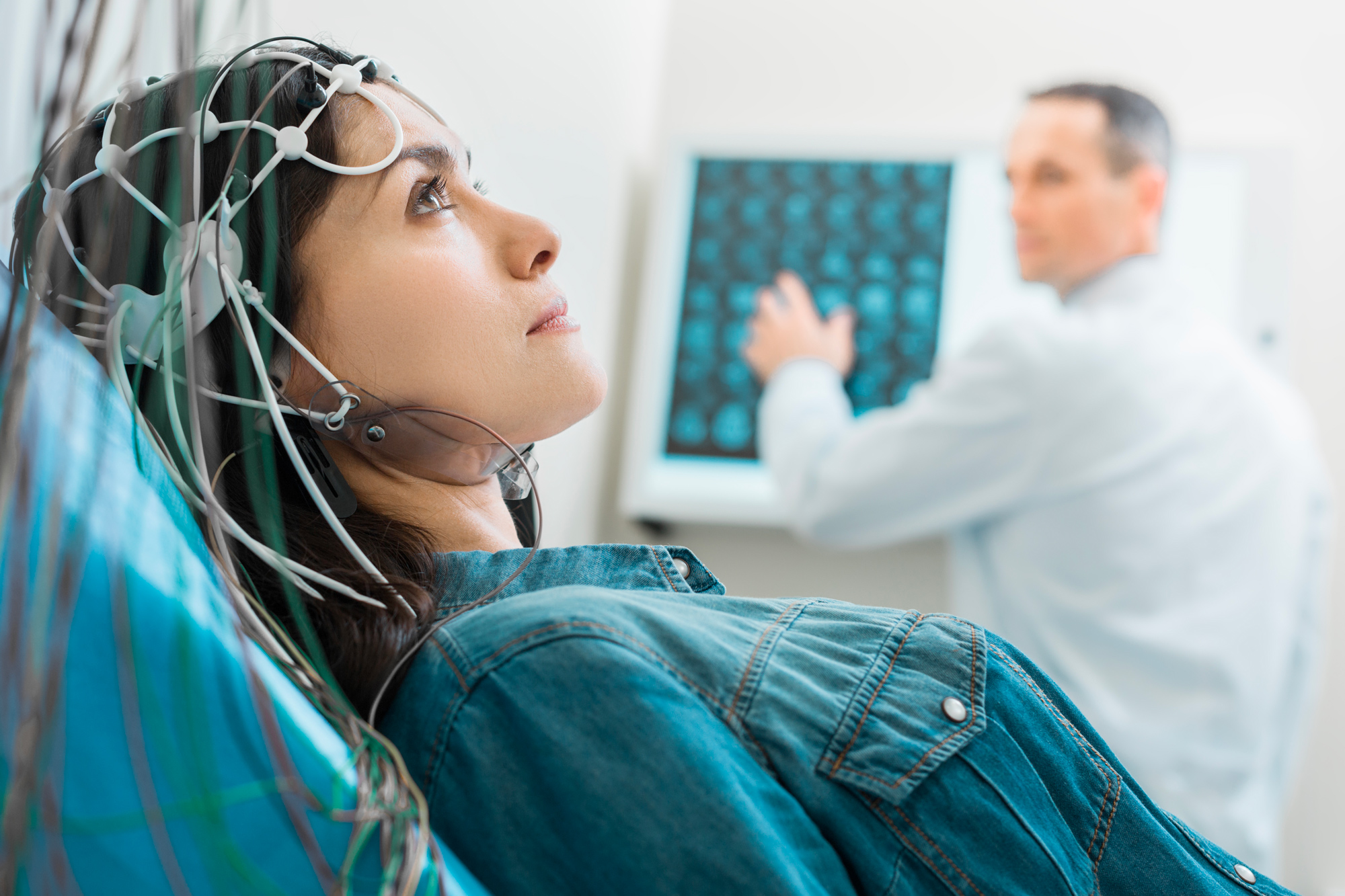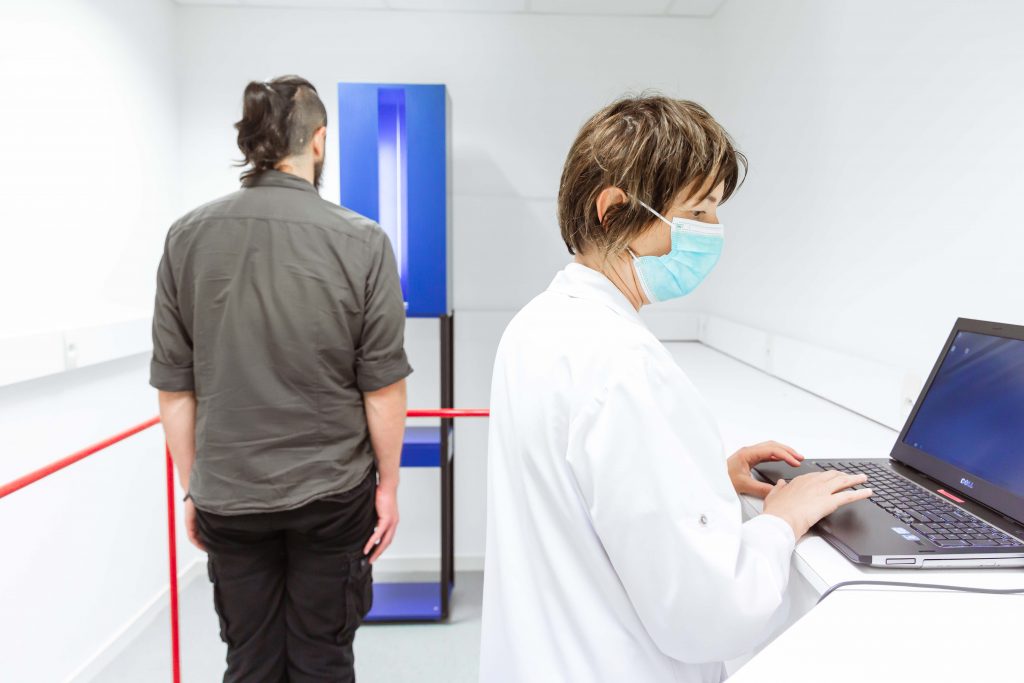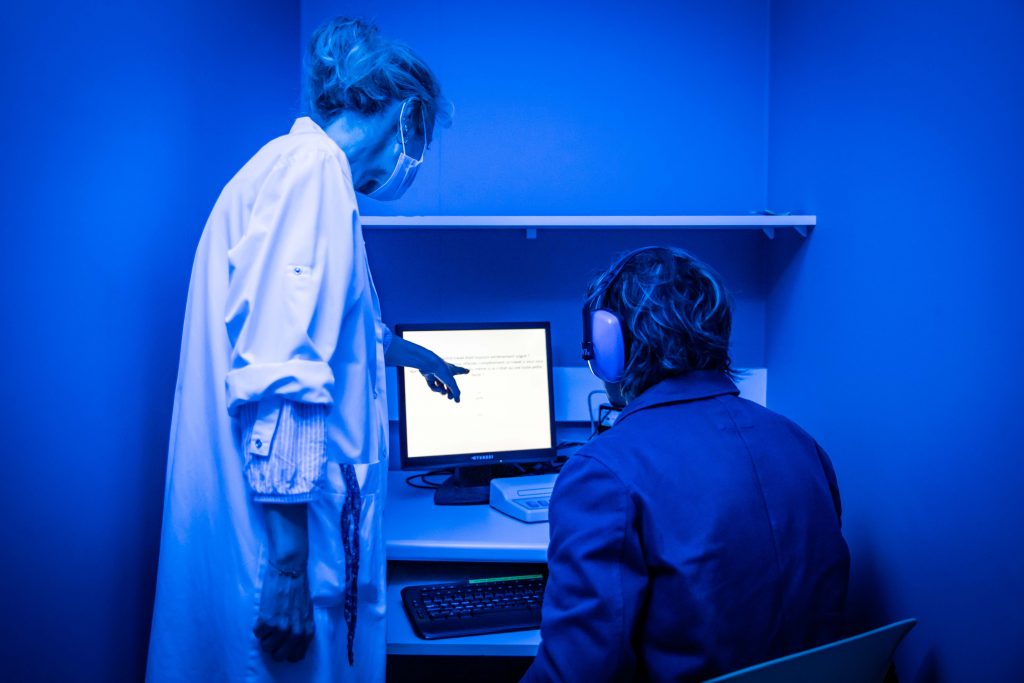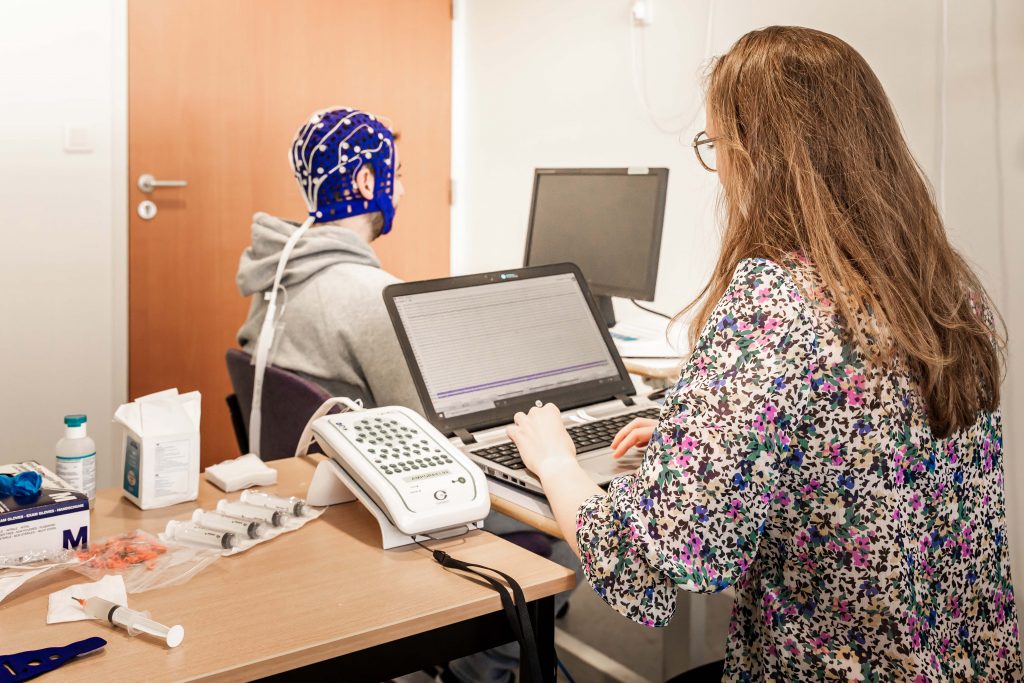CNS Testing
With over 35 years of experience in conducting clinical trials. We offer a comprehensive suite of services, ranging from preclinical models to advanced clinical trials, to support sponsors in the development of new drugs and treatments for patients with neurological disorders.
Our CNS testing battery encompasses a variety of components that facilitate the measurement of cognitive function, motor function, and subjective elements such as:
- Memory
- Attention
- Vigilance
- Balance
- Oculography
- Subjective element
Our tools are designed to be flexible and can seamlessly integrate sponsor-specific tests & questionnaires.







